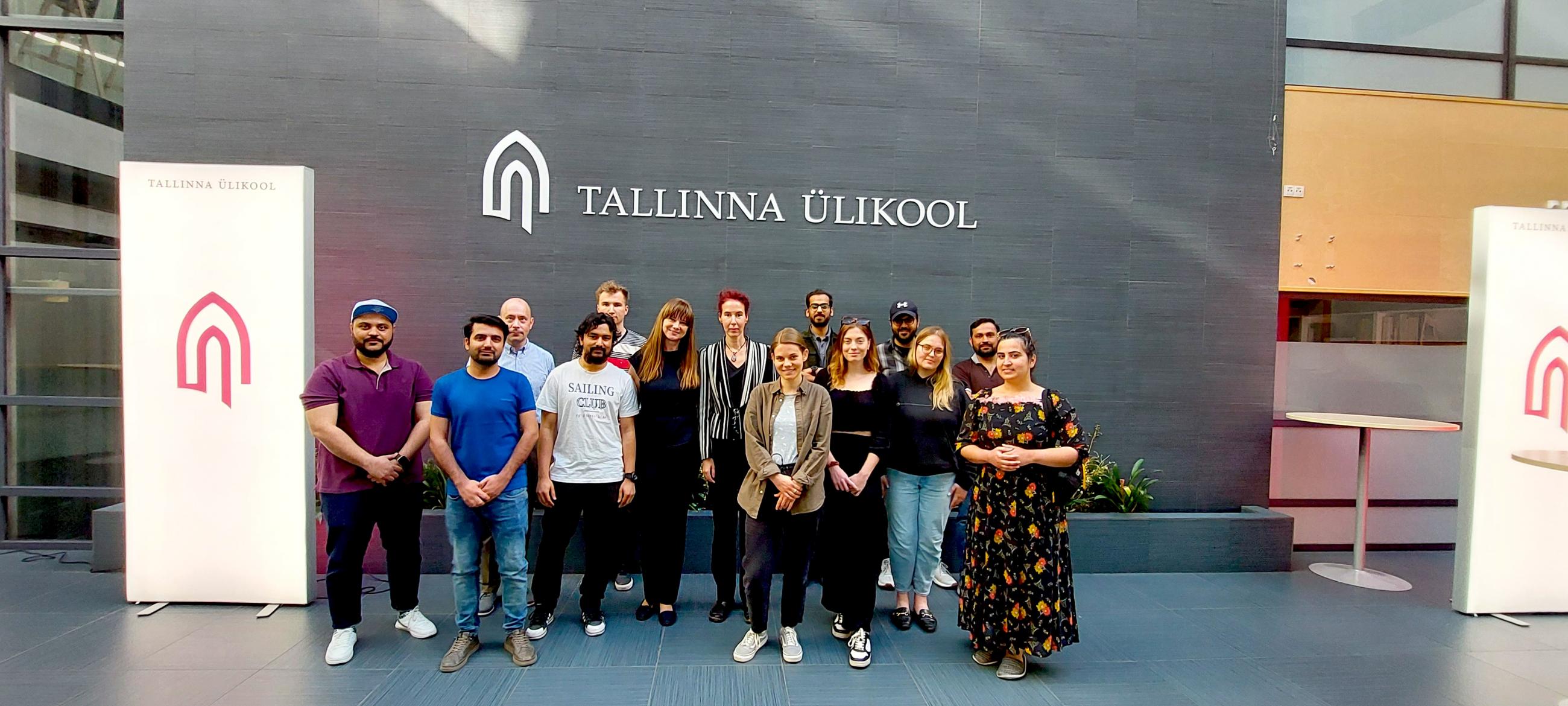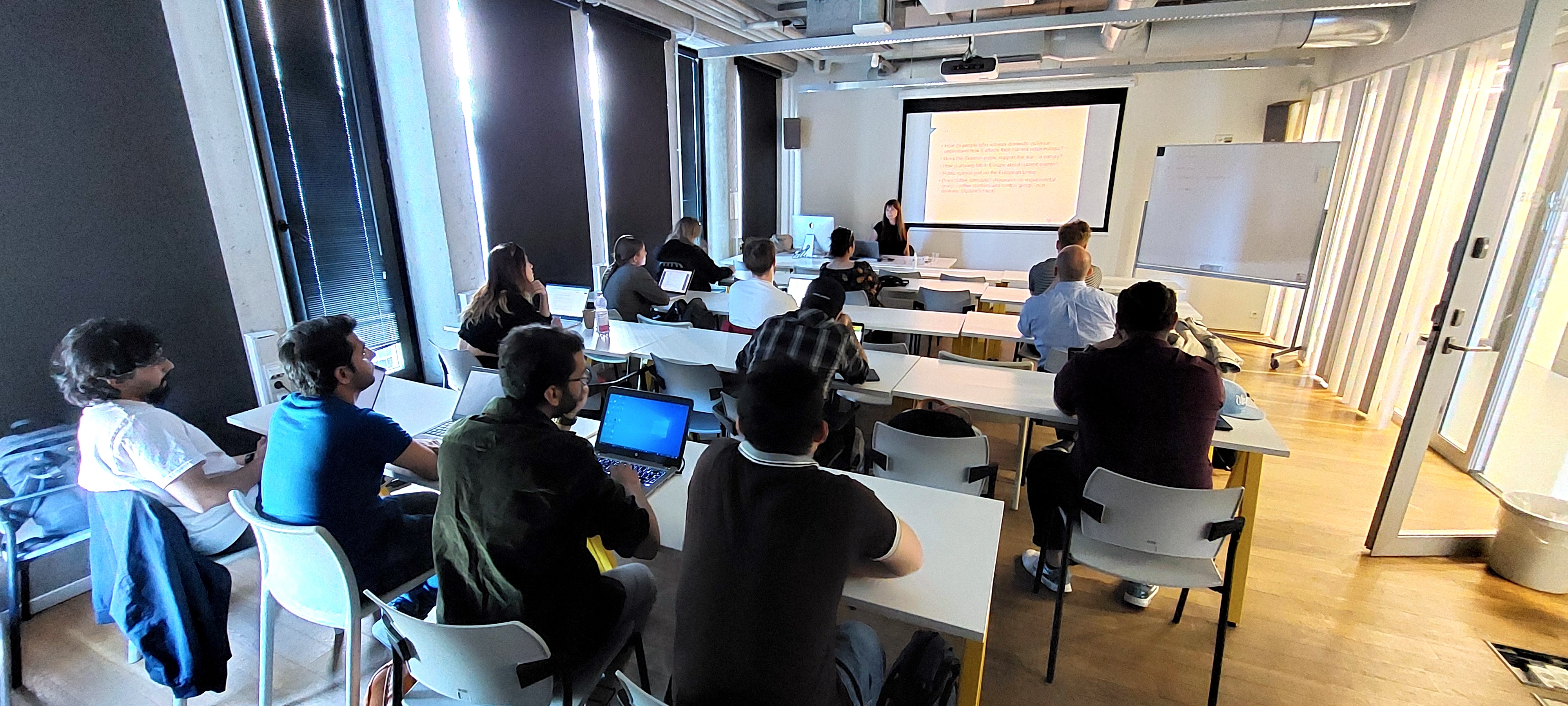Exploring Super-Diversity with Professor Monika Płużyczka

This week, Tallinn University Baltic Film, Media and Arts School is pleased to host Professor Monika Płużyczka from the University of Warsaw. Her lectures, integrated into the course ‘Super-Diversity and Intercultural Communication’, aim to deepen understanding and enhance skills in intercultural communication research.
We are immensely grateful for the opportunity to host Professor Monika Płużyczka, offering master’s students in Communication Management, as well as other participants of the Super-Diversity and Intercultural Communication course, a rare chance to delve into the depths of intercultural communication research under the guidance of one of the foremost experts in the field.
Professor Monika Płużyczka (dr hab., prof. ucz.) is a renowned scholar in the field of intercultural communication and translation studies. She heads the Department of Translation Studies and the Laboratory of Experimental Eye Tracking Linguistics at the University of Warsaw. Her extensive research and innovative approaches have made significant contributions to the advancement of intercultural communication studies.
Professor Płużyczka opened her lectures with an insightful introduction to the fundamentals of scientific research methodology in the field of intercultural communication. Key topics included the role of scientific research, essential techniques, and guidelines for conducting research. The session provided a comprehensive overview of the types of scientific intercultural communication research, highlighting their respective methods, advantages, and limitations. Additionally, Professor Płużyczka guided participants in identifying research problems and formulating viable research questions.

Class participants also learned about different types of hypotheses and received practical advice on creating them. The session covered the selection of appropriate research methods for various types of research, with specific examples from intercultural communication studies. These examples ranged from audiovisual translation analysis to recipient-oriented and process-oriented research, providing a rich tapestry of research designs applicable to intercultural communication.
Professor Monika Płużyczka’s lectures introduced the participants to the eye-tracking methodology, a cutting-edge research technique in intercultural communication. Professor Płużyczka provided a historical overview of eye trackers, discussed different types of eye movements, and explained various eye-tracking parameters. The session included examples of eye-tracking research across diverse fields, highlighting the versatility and applicability of this method.
One of her sessions presents the Experimental Linguistics and Intercultural Translation project, highlighting its innovative approach to intercultural communication research. Participants will be introduced to various experimental research designs, including eye-tracking experiments. Professor Płużyczka will share detailed examples illustrating the entire research process, from identifying research problems and formulating hypotheses to designing experiments, analyzing results, and drawing conclusions.
The text is authored by Dr Anastassia Zabrodskaja, who is a Professor of Intercultural Communication, the Head of the Communication Management master’s programme at Tallinn University Baltic Film, Media and Arts School, and the Executive Director of the European Masters in Intercultural Communication (EMICC) teaching and research network.